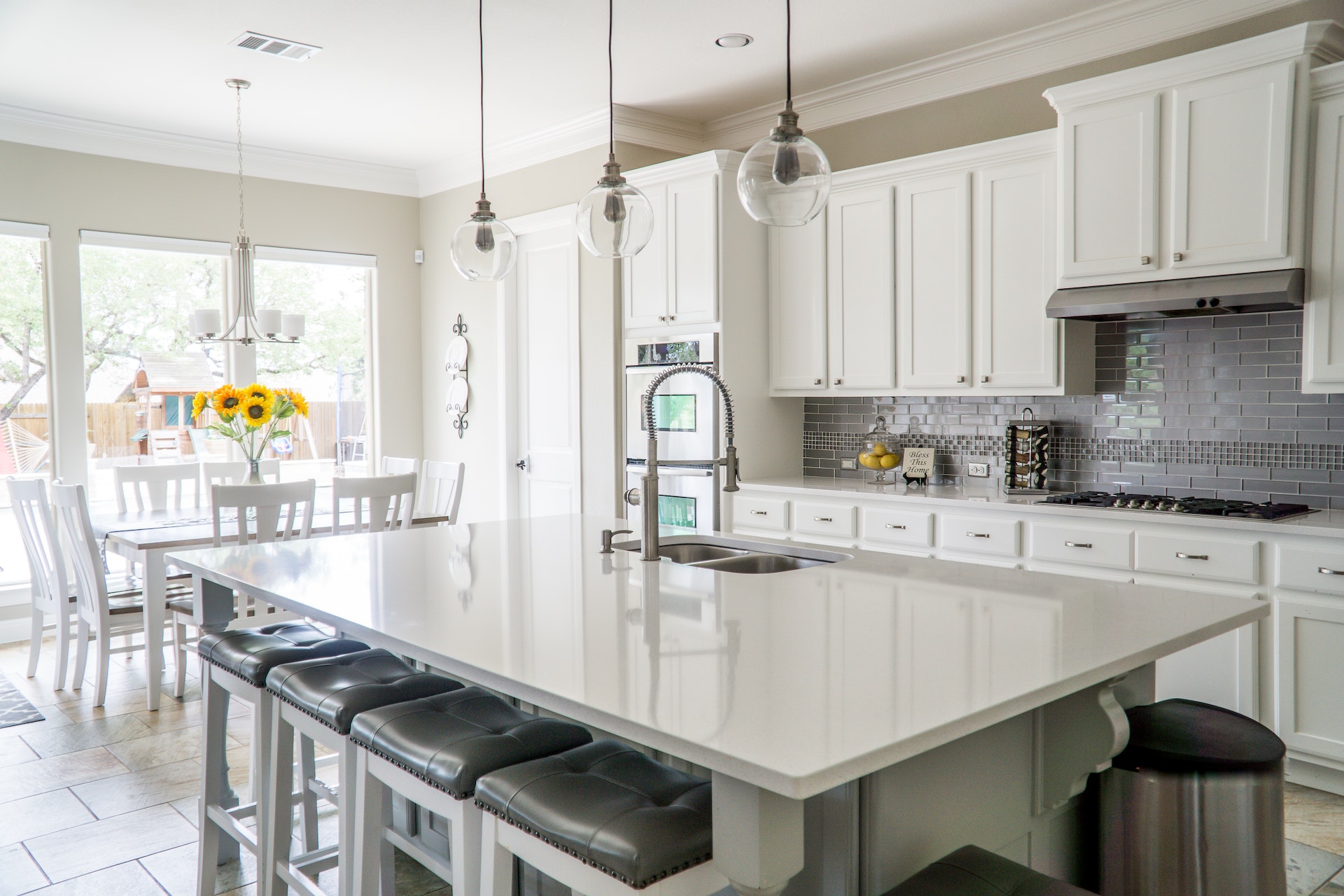Planning a kitchen remodel can be an exciting but challenging process, especially when considering factors like budget and existing space limitations. Here are some guidelines and ideas to help you plan your kitchen remodel effectively:
Determine your budget: Be honest with yourself about how much you can afford to spend on the remodel. Consider if you have options like borrowing money from family or friends, taking out a loan, or extending your line of credit. Decide if additional financing is necessary or if you can tackle the project gradually over time.
 Reduce costs creatively: Explore ways to decrease costs without sacrificing the overall project. For example, instead of replacing all the cupboards, consider a cosmetic overhaul by sanding them down and repainting. Resurfacing countertops or updating small details like knobs and light coverings can also make a significant difference at a minimal cost. Look for materials at salvage yards, second-hand stores, or Habitat for Humanity to find unique items at a lower price. Additionally, check for rebates on appliances and consider alternative materials that offer a similar look but at a lower cost.
Reduce costs creatively: Explore ways to decrease costs without sacrificing the overall project. For example, instead of replacing all the cupboards, consider a cosmetic overhaul by sanding them down and repainting. Resurfacing countertops or updating small details like knobs and light coverings can also make a significant difference at a minimal cost. Look for materials at salvage yards, second-hand stores, or Habitat for Humanity to find unique items at a lower price. Additionally, check for rebates on appliances and consider alternative materials that offer a similar look but at a lower cost.
Consider hidden costs: Factor in hidden costs associated with the remodel that may not be immediately apparent. These can include installation fees, disconnecting and reconnecting plumbing, unexpected problems like corroded pipes or rotten floorboards, and even the cost of eating out while your kitchen is out of commission. Always prepare for the unexpected by allocating extra time and money in your budget and keeping a contingency fund.
Set a realistic timeline: Determine how long you can go without a functioning kitchen and plan accordingly. Consider if you can set up a temporary kitchen in another room or if you need to make alternative arrangements such as eating out or going on vacation during the remodel. Be aware that delays can happen, so build in some flexibility to your timeline.
Work with existing size limitations: If you can’t expand the size of your kitchen due to budget or structural constraints, focus on rethinking the design to maximize the space you have. Explore options like gutting the interior, rearranging the kitchen triangle, utilizing bigger cupboards and hideaway storage, and incorporating modern technology to reduce appliance space. Paint and style choices can also create the illusion of more space.
Consider comfort and accessibility: Factor in the needs of all family members, including their height, physical limitations, and handedness. Determine the appropriate height for cupboards, cabinets, and countertops to ensure comfortable and accessible use for everyone. Address the changing needs of your household, including aging family members and individuals with disabilities, by making your kitchen barrier-free and accommodating to all stages of life.
Remember, planning a kitchen remodel involves thorough research, analysis, and consideration of various factors. Take the time to gather ideas, explore options, and create a comprehensive plan before finalizing the physical design
Embrace environmentally-friendly options: If it aligns with your goals and budget, consider making your remodel environmentally friendly. Look for energy-efficient appliances and materials, explore sustainable practices, and consider any legal requirements for green building.






